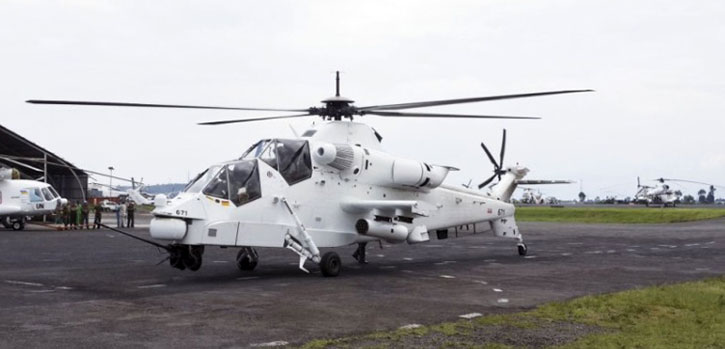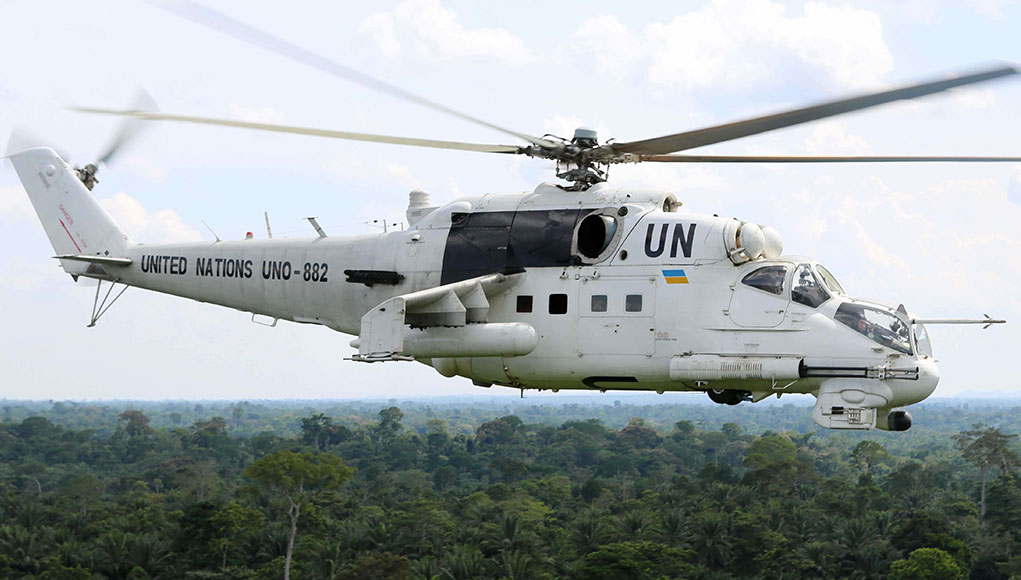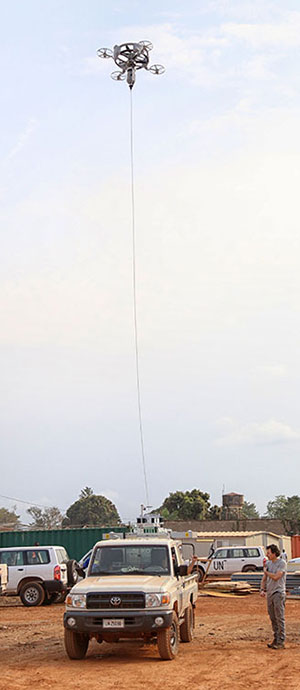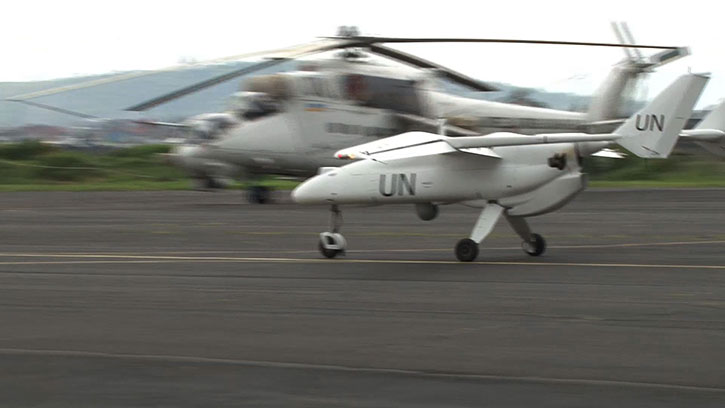40 years after unmanned aerial vehicles (UAVs) entered into military service 20 years after such systems assumed combat operations with the US military and CIA, United Nations peacekeepers in Africa are elsewhere are expanding the use of drones to improve force protection and better secure the civilian communities in conflict areas. The use of drones is part of an undergoing ‘technological revolution’ Led by UN Under-Secretary-General for Peacekeeping Operations Hervé Ladsous, aimed to make peacekeeping more effective even at times of growing tension and funding constraints.
The new trend has introduced multiple types of drones to UN missions in the Democratic Republic of Congo, Central African Republic, and Mali. Further missions are anticipated in Darfur, and South Sudan.
Unlike many military drones, tasked with armed reconnaissance and target acquisition, the drones supporting the UN are primarily used for surveillance and situational awareness. According to Ladsous, UAVs do a better job of protecting civilians, because they provide real-time pictures of situations as they develop on the ground. “You can act more quickly and more decisively,” he said. Drones can save lives, by improving the peacekeepers’ security, by providing prior warnings on enemy ambush or attack, and, by staying on station for longer periods, increasing safety and confidence of citizens.


While military operators of drones often tend to deploy such assets in weaponized configurations, Ladsous clearly states that his drones are operating strictly in surveillance missions. “We make it very clear that UAVs are for surveillance purposes only. They are unarmed and will remain unarmed because the fact that they are remote-controlled creates potential risks. We don’t want to go into that. Attack helicopters, of course, have very precise rules of engagement. They step in or fly in under specific circumstances and always under the direct control of the force commander. And we apply very rigorous procedures.”
When a forceful response is required, the peacekeepers prefer to employ manned assets such as attack helicopters – assets that have joined the peacekeeping operations in DRC and Mali in recent years and used with the drones to enable quick response to evolving threats.

Drones and attack helicopters proved highly useful in DRC and Mali and are recommended to operate as a ‘package’ supporting other peacekeeping missions across Africa. Among attack helicopters supporting UN peacekeepers in Africa where Ukrainian Mil Mi-24P ‘Hind’ helicopters, South African Denel Rooivalk and Dutch Boeing AH-64 Apache, (that withdre

w after several months, following the loss of one of the Apaches in Mali). In Mali, such assets are supporting the ‘International Brigade’, a muscular ‘peace enforcer’ supporting the MINUSMA mission.
“We get much better information about what is happening on the ground. We can see groups on the prowl. I saw some of the photos captured by the drones. In certain circumstances, we can recognize the faces. We now have a knowledge of what is happening on the ground and how to mitigate or to proactively intervene.”

Other systems deployed by the peacekeepers include surveillance aerostats, used for force protection. Such aerostats were recently deployed in the Central African Republic capital, Bangui. Such aerostats carry sensors, daylight, and thermal cameras. Aerostats are now deployed in northern Mali, soon to be augmented by counter-battery radars, to allow accurate and timely counterfire against mortar and rocket attacks that often harass the peacekeeper’s bases.
















